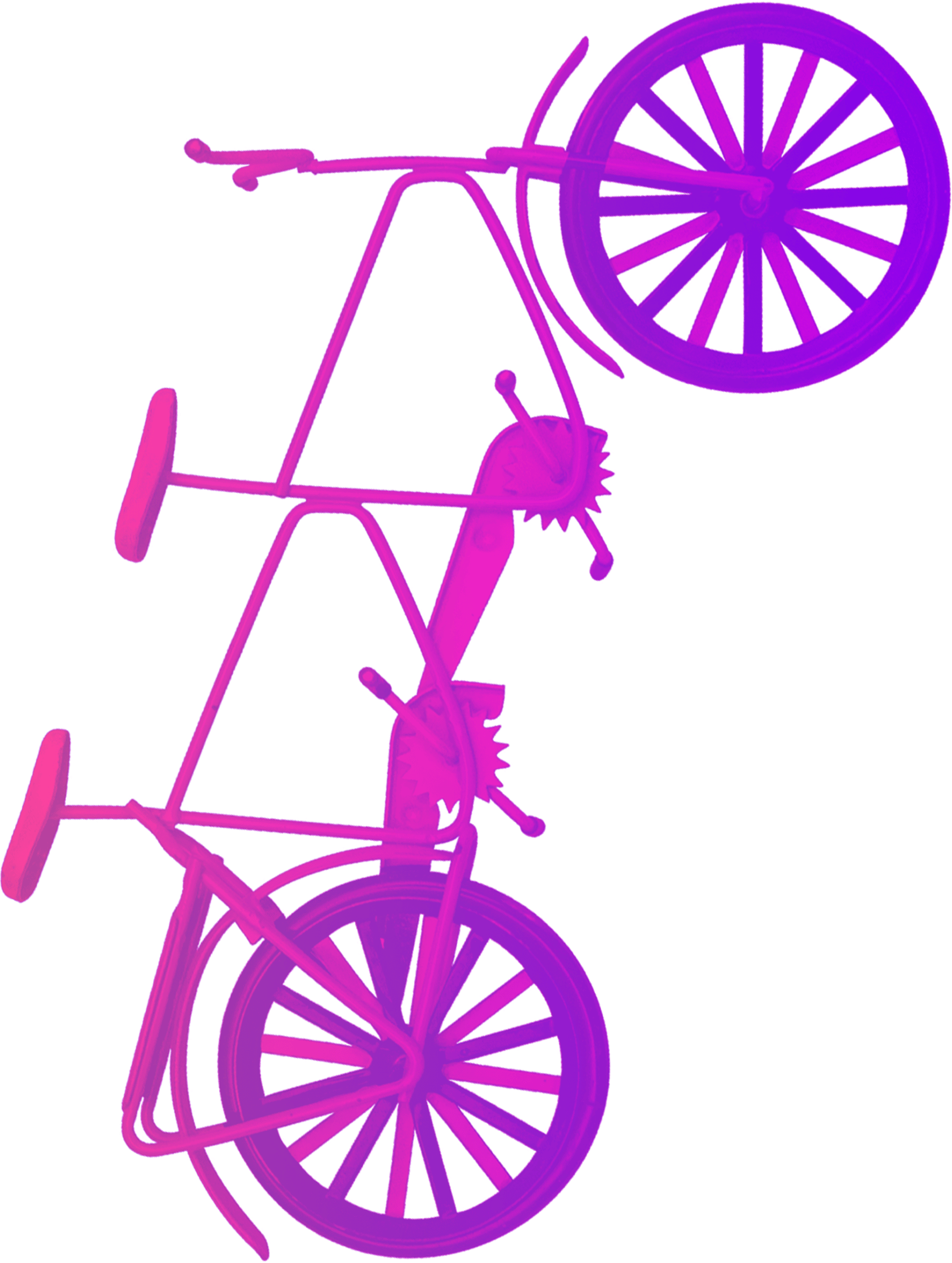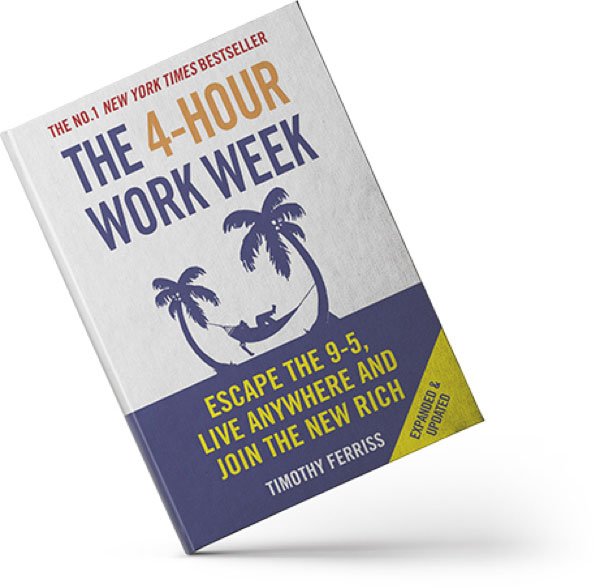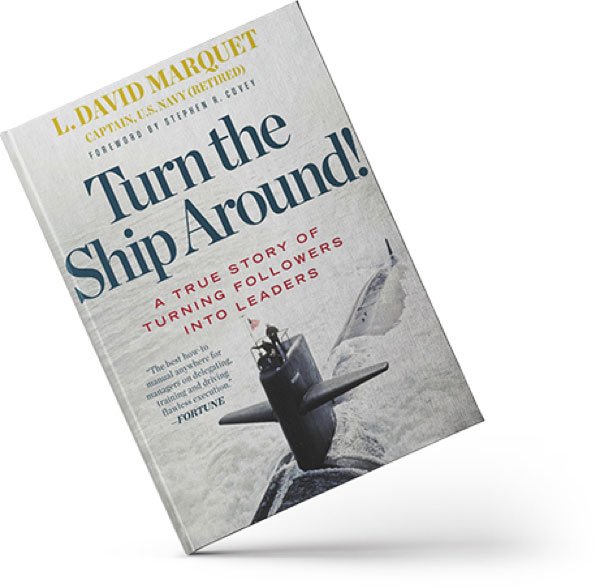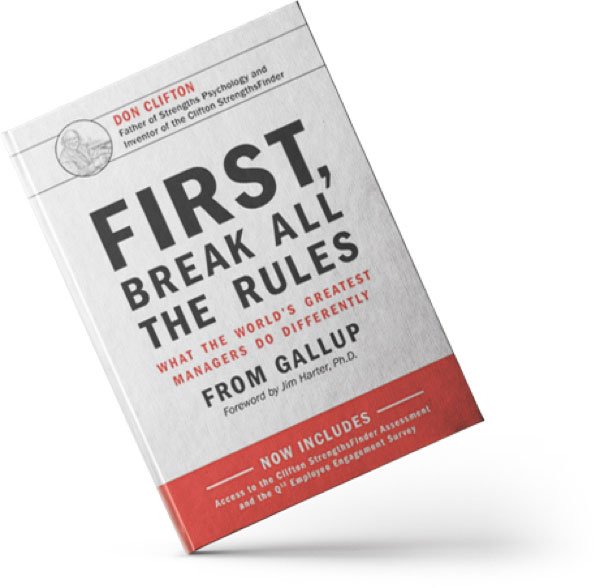As we’ve embarked on our sustainability journey we’ve come across a whole new set of jargon, acronyms and phrases. Some might even say green gibberish. We couldn’t possibly comment. We were a bit nonplussed by some. Here we share some of what we’ve learnt.
We’ve added words and phrases as we went along. We’ve made it to all the way to Z. There’s always going to be new terminology to add. If you think we’ve missed anything let us know.
A IS FOR: ARTICLE 6
This is a highly complicated and technical part of the Paris Agreement, which essentially sets out the framework for voluntary global cooperation on trading emissions reductions – also referred to as international ‘carbon markets’ or in technical Article 6 language ‘Internationally Traded Emissions Outcomes’ – to enable countries to reduce their emissions and meet the pledges set out in their ‘Nationally Determined Contributions’
B IS FOR: B CORP
Certified B Corps are for profit businesses united by one vision: to use business as a force for good. A ‘B Corp’ considers how their actions impacts their employees, clients, suppliers, community and the environment. Ultimately, B Corps work to build a more inclusive and sustainable economy for all. Here at CP we’re nearing towards achieving Certified B Corporation status.
C IS FOR: CARBON OFFSETTING
If you’ve ever booked flights online you’ll have been offered the chance to ‘offset’ your flights. The idea behind offsetting is that you’re ‘balancing’, ‘compensating’, or ‘neutralising’ the carbon emissions from those flights. Or a given activity by paying into a scheme or project that will reduce emissions somewhere else.
Offsetting investments are made in environmental and climate restoration projects such as tree planting, or renewable energy development schemes around the world.
Get in touch if you’re got any suggestions for words or phrases to include or that you’d like explained.
D IS FOR: DIGITAL CARBON FOOTPRINT
We’re all becoming more and more dependent upon technology. It was particularly the case during the Coronavirus pandemic which saw many of us having to work remotely. Some of us are now choosing to work from home and have changed our work habits making the most of technology.
Whilst there are green benefits from working from home with less traffic on the roads there are still hidden environmental impacts from using technology. Sending emails, making video calls and streaming music and films all have an impact.
If the internet was a country, in terms of greenhouse gas emissions it would be the sixth largest polluter. These emissions can be split into four areas:
- Devices (34%) – energy used to power our phones, tablets, desktops, wearables etc
- Communication Networks (29%)- construction, operation and maintenance of networks for both mobile and fixed networks
- Data Centres (21%) – construction, manufacture and operation of the centres that store all the data on the internet
- Manufacture (16%) – energy for making all the equipment
E IS FOR: ESG – ENVIRONMENTAL, SOCIAL AND GOVERNANCE
Sustainability reporting involves the disclosure and communication of a company’s environmental, social and governance (ESG) goals, including the progress it has made towards them.
It demonstrates a commitment to sustainable development which, in turn, can boost internal and external stakeholder confidence and improve your company’s reputation.
Mandatory sustainability reporting for large companies is to be introduced by the EU under its Corporate Sustainability Reporting Directive (CSRD). It’s expected to be in place by 2023. The law will also affect non-EU registered businesses trading across the EU.
F IS FOR: FAIR TRADE
Fairtrade is a system of certification that aims to ensure a set of standards are met in the production and supply of a product or ingredient. For farmers and workers, Fairtrade means workers’ rights, safer working conditions and fairer pay. For shoppers it means high quality, ethically produced products. Find out more at Fairtrade
G IS FOR: GREENHOUSE GASES
Are any gas that has the property of absorbing infrared radiation (net heat energy) emitted from Earth’s surface and reradiating it back to Earth’s surface, thus contributing to the greenhouse effect. Carbon dioxide, methane, and water vapour are the most important greenhouse gases.
G IS (ALSO) FOR: GLOBAL REPORT INITIATIVE (GRI)
GRI is an international independent standards organisation that helps businesses, governments and other organizations understand and communicate their impacts on issues such as climate change, human rights and corruption. They have created a set of sustainability reporting standards that are widely used. Find out more here.
H IS FOR: HIGG INDEX
The Higg Index is a tool for the apparel and footwear industry to assess sustainability. The Higg Index is a tool for the apparel and footwear industry to assess sustainability throughout a product’s life cycle – from materials to end of life. Find out more here.
I IS FOR: IPCC
Stands for the Intergovernmental Panel on Climate Change. It is the United Nations body tasked with assessing and summarising all of the science relating to climate change on which governments at all levels base their decisions and climate policies on.
I IS (ALSO) FOR: INTEGRATED REPORTING
Is an ideal tool with which to explore value creation. This voluntary direction of travel is focused on driving more authentic, comprehensive and meaningful information about all aspects of an organisation’s performance and value creation story delivering benefits for both internal and external stakeholders. Quite simply, Integrated Reporting is considered by many to be the future of corporate reporting.
J IS FOR: JUST TRANSITION
The phrase “Just Transition” refers to decarbonising the economy fairly so that a green economy overcomes injustices experienced by all workers, ensuring no people or places are left behind.
K IS FOR: KEY PERFORMANCE INDICATOR – KPI
KPIs are a type of performance measurement that indicate the success of an organization, usually within a particular activity (e.g., sustainability) in which they engage in. By identifying KPIs and measuring the KPIs through the lens of sustainability, businesses/companies can review what they need to work on, alter goals, and ensure that they are meeting these KPIs to continuously improve the company’s sustainability.
L IS FOR: LAND JUSTICE
Land and water are vital infrastructure development, from agriculture to sanitation. Land justice is about the historic unequal distribution of land, and the extraction of resources and displacement of people from that land. Today’s land justice movement is focused on land ownership laws, communal space, rewilding, food sovereignty and housing in the UK and across the world.
LCA – LIFE CYCLE ANALYSIS
A holistic and strategy-oriented product policy that considers the entire life cycle of a product, from development, manufacturing, distribution and use to reuse or recycling. Henkel uses life cycle analyses to identify where the greatest environmental impacts occur in the different product categories. The results are used to define measures intended to achieve an overall improvement in the sustainability profile of the products.
M IS FOR: MATERIALITY
Materiality is the process which supports a business to determine the relative importance of Environmental Social and Governance (ESG) issues. It is an evidence-based approach that enables a business to focus time and resource on what really matters, rather than everything all at once.
N IS FOR: NET ZERO
Net zero should mean zero emissions are created from areas such as energy generation, buildings, surface and road transport. Net zero is about making the largest possible reductions that you can make to your overall footprint, using all of the means available to you.
O IS FOR: OECD (ORGANISATION FOR ECONOMIC CO-OPERATION AND DEVELOPMENT)
The OECD is an international organisation that works to build better policies for better lives. Their goal is to shape policies that foster prosperity, equality, opportunity and well-being for all.
P IS FOR: PLASTIC PACKAGING TAX
Plastic packaging tax is a new tax which aims to encourage businesses to use recycled plastic or other forms of materials to reduce plastic pollution. There could be implications for your business and an opportunity to apply for R&D Tax Credits.
Q IS FOR: QUALITY OF AIR
Up-to-date monitoring information about air quality in the UK is provided by the UK-AIR website. It’s hosted and maintained by Ricardo Energy & Environment on behalf of the UK Department for Environment, Food & Rural Affairs and the Devolved Administrations.
R IS FOR: REDUCE, REUSE, RECYCLE
CP’s initial sustainability focus. We’re trying to be more conscious of the impact of our building facilities at Sky View, Birmingham and London. We’re having a massive drive on waste reduction and recycling by our people. Encouraging less use of plastics and paper for printing through to recycling paper cups. Though we encourage people to have reusable cups. Our use of tech along with our commitment to our work from anywhere anytime for ever policy – WFAAF has helped reduce travel to our offices.
S IS FOR: SUSTAINABILITY ACCOUNTING STANDARDS BOARD
SASB is an independent standard-setting organization that develops and maintains robust reporting standards that enable businesses around the world to identify, manage and communicate financially material sustainability information to their investors. SASB standards are evidence based, developed with broad market participation, and are designed to be cost-effective for companies and decision-useful for investors.
T IS FOR: TCFD: TASK FORCE ON CLIMATE-RELATED FINANCIAL DISCLOSURES
The FSB Task Force on Climate-related Financial Disclosures (TCFD) develops voluntary, consistent climate-related financial risk disclosures for use by companies in providing information to investors, lenders, insurers, and other stakeholders. The purpose of TCFD is to provide more disclosure about climate-related disclosures to the public.
U IS FOR: UK ETS: UK EMISSIONS TRADING SCHEME
The scheme replaced the UK’s participation in the EU ETS on 1 January 2021. The 4 Governments of the UK have established the scheme to increase the climate ambition of the UK’s carbon pricing policy, whilst also protecting the competitiveness of UK businesses.
V IS FOR: VEP: VOLUNTARY ENVIRONMENTAL PROGRAMS
VEPs improve the environment by encouraging, rather than mandating, businesses and other organizations to adopt environmentally protective measures. Any level of government, industry, and non-governmental organizations can run a VEP.
W IS FOR: WFAAF
Work From Anywhere Anytime Forever. It’s CP’s policy to help improve our people’s work life balance. And help reduce the number of vehicles on our roads.
WEEE
No not that sort! It’s an abbreviation for ‘Waste Electrical and Electronic Equipment‘.
WBCSD: WORLD BUSINESS COUNCIL FOR SUSTAINABLE DEVELOPMENT
A CEO-led global organization for promoting sustainable development. The WBCSD offers companies a platform for sharing experience and representing business viewpoints in cooperation with government agencies, NGOs, and international organizations. Henkel is one of the founding members of the WBCSD.
X IS FOR: XMAS RECYCLING
Unsurprisingly we struggled to come up with a related term beginning with X. But given we’re publishing this final section of our A to Z in the run up to the festive period Xmas Recycling it is. Take a look here for top tips. Relevant not just for home but also for businesses.
Y IX FOR: WHY NOT?
Ok so not strictly a Y but the question brings us full circle back to the reasons for embarking on this wordy saunter. Creating our very own dictionary of green lingo. Governments around the world are introducing legislation to try and manage climate change. Businesses in the UK are having to prepare for mandatory sustainability reporting which comes into effect in 2025. Reason enough to stay on top of the language and terminology around the subject.
Z IS FOR: GEN Z
Who are playing a major role in driving forward the sustainability agenda. From direct action to innovation in the tech space creating solutions. And using their power as consumers to change the way in which business operates. They’re inspiring us to think about how we can all take positive steps to protect the future of our planet. Take a look at this article which is still relevant today as when first published.
















